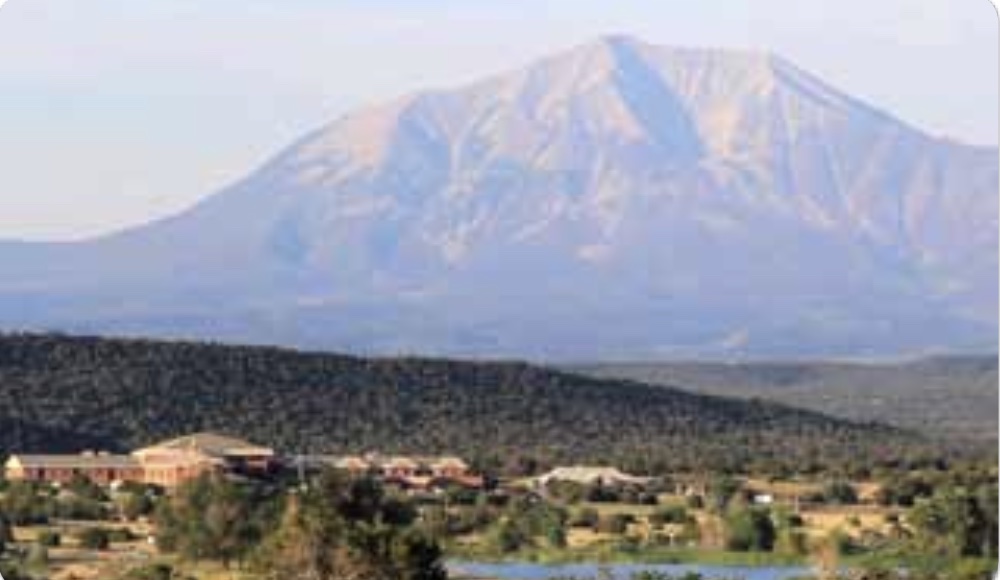By: Ernest Gurulé

He may not have realized the eternal quality in his words, but General Douglas McArthur, in his farewell address to Congress, just may have uttered an irrefutable truth with just eight timeless words. “Old soldiers never die,” he said. “They just fade away.”
For a generation of ‘old soldiers,’ the last battle is fought daily at Huerfano County’s Spanish Peaks Veterans Community Living Center. “It’s for vets, spouses and Gold Star parents,” said Trapper Collada, Public Information Officer for the facility. Most of the eighty or so residents of the Center are in the throes of dementia or Alzheimer’s Disease. The home is also fully adapted to care for Hospice patients, a number of whom move in and through on an irregular basis. Capacity has declined over the last year and a half as a result of COVID. In normal times, there are nearly 120 full-time residents who come not only from Colorado but also from nearby states. Current occupancy is around 80.
“We are a well kept secret,” said Collada. But a secret, he said, that has been a major benefit to countless long ago veterans with few other options for care. The center’s residents or their families are responsible for payment but the Veterans Administration also pays for a portion of their stay. While many of the residents are living in a fog that has left them with only a biological and not emotional life, there are others who are more than capable and understanding of day to day happenings. “There is a resident council,” said Collada.
One man who is also a resident is a gentleman Collada only identifies as “Bill, who is 98.” Collada said Bill helps organize events and also lends a hand with some of the details that make life a bit easier for his fellow veterans and their families. “He advocates on behalf of the residents.”
While the Walsenburg facility is off the beaten path for many, the pandemic that has ravaged the country had no trouble finding it. “It took a while,” said Collada. “We lost twelve residents,” despite the facility following all the government’s safety guidelines, said Collada. During the darkest days of the pandemic, a lot of the residents and their families were kept apart. Those whose families did visit were separated by now familiar partitions, others simply, for health reasons, had to stay away. N95 masks became normal parts of staff and patient daily wear, said Collada. The virus also took its toll on staff, he said, referring to it as ‘exodus issues.’ “It was the pressures of Covid that exacerbated reasons for (staff) departures.” But the facility was never so short-staffed that it presented an issue for the welfare of the patients. When vac- cines became available early this year, most all of the staff and residents got their shots. “When that went into effect,” said Collada, “we had a 98 or 99 percent compliance.” Still, there were a few staff that, rather than take the shots, simply resigned.
What makes the facility a good option for veterans, some of whom no longer have family, is its access to “facili- ties a lot of senior living facilities do not,” including state of the art hospitals in the county or in nearby Pueblo, a drive of less than an hour to the north, said Collada.
The center does everything it can, he said, to make the stay for veterans and their families as pleasant as possible, including having bilingual members of the staff. “This is a highly Hispanic area,” he said. “This is also reflected in the population of both the staff and the residents.”



